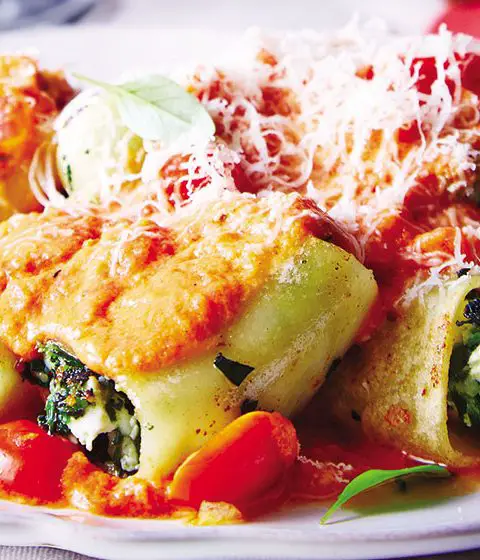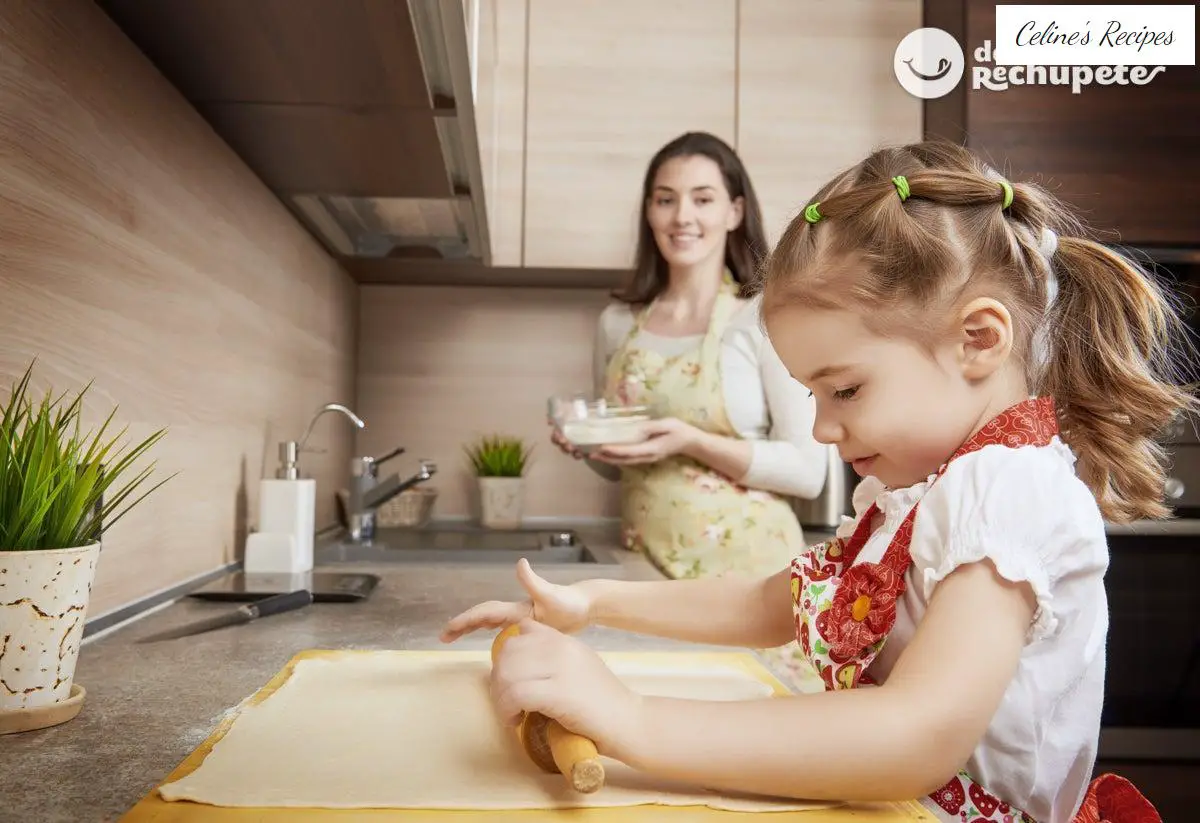
Cook with children. Alpha, beta and gamma boys and girls.
Each person is a world from childhood, and therefore their areas of interest, their energy level and their ability to manage calm and attention is different and varies greatly at each stage.
And no , there is no calendar / age to know how all this is going to evolve , you can have a 2-year-old who climbs the bench and cuts pieces of fruit happy and calm, and another 7-year-old that you barely manage to keep inside. from the kitchen.
But they are both going to eat their whole lives, and they can both find their way to enjoy cooking, only the way to do this is necessarily different, the same method does not work for everyone.
.instagram-follow img{width:100%;height:auto;} @media screen and (min-width: 1000px) {.instagram-follow {display:block;clear:both;float:right;width:50%;margin-left:1em;}}
And since learning to cook is important to learning how to take care of yourself and greatly increases the possibilities of having a healthy diet , introducing this in childhood is a great way to start, it is worth trying.
Parents with children who have a natural interest in the kitchen can follow any blog with varied and creative advice , invest in a large number of cooking utensils with them, and evolve quickly adapting spaces, sizes and cooking modes.
Learning to cook is important and doing it when you are already 40 years old is not advisable. If they help you as a child you will have a super power when you are older. It will even help the mother or father to make their child eat better and not play drama every time they have a plate of food in front of the table.
We will come back to this later, because it is actually “ 3rd of cooking with children ”. So we are going to start further back, many more behind, we will start at the beginning, although it may seem redundant.

Children and interest in cooking
If you have a moved, rebellious child, who needs to constantly seek the limit of the rules , decides to make his own mixture of ingredients, or simply at the crucial moment he goes to another part of the house where he takes the opportunity to paint the walls or remodel the room , you need other advice.
But calmly, nothing happens, these types of children are also very frequent, I promise, only they do not appear on blogs.
Why not, children do not generate a calm interest in the kitchen when you buy the children’s stool or scissors . If that interest is there, it will be activated when they see that possibility, but that interest is theirs and not ours, it was there, we have not created it with one or another educational method, we have only identified it.
If your child does not have that interest in cooking, then the process is different and other decisions have to be made.
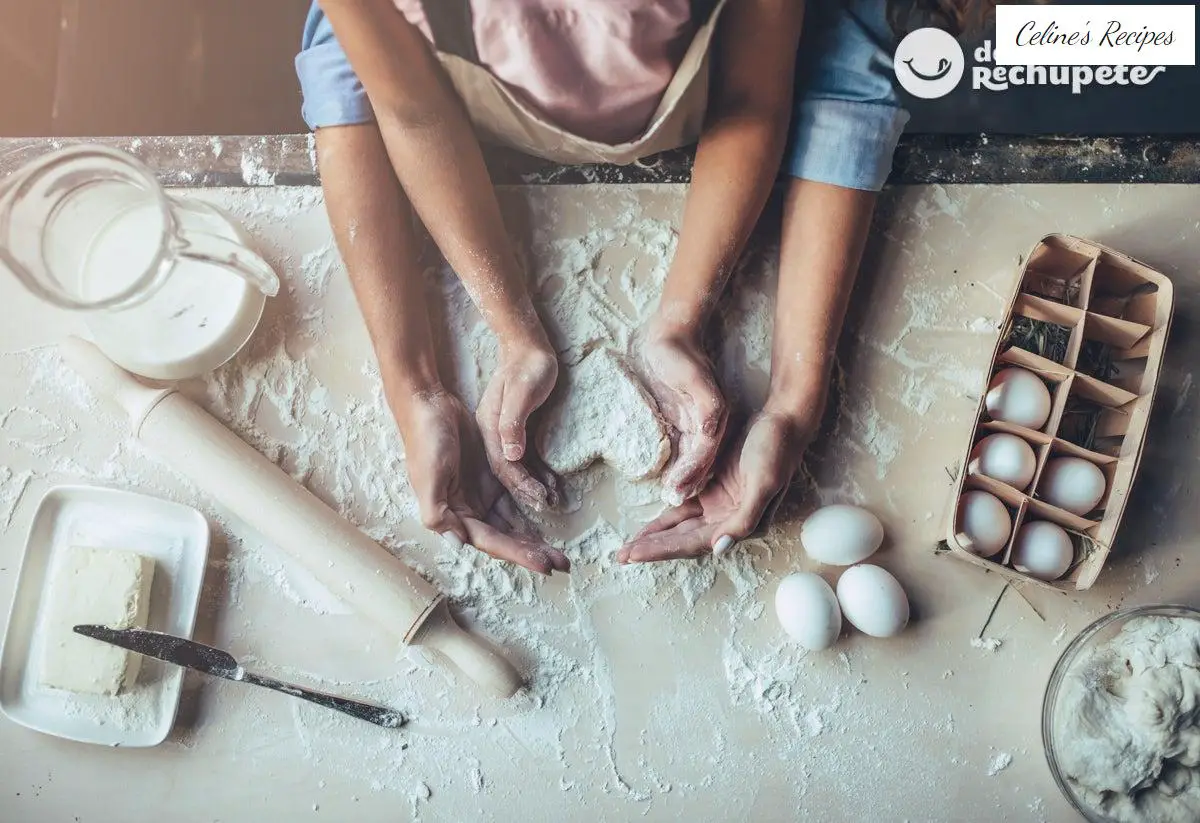
Three simple tips
There are general guidelines but the first thing to cook with your child is to assess where he is, how much time you have available and what his points of interest are. This is valid for everyone but essential when there are difficulties. And you have to ask yourself these three things continuously and readjust them as they evolve.
¿ At what point is ?
It means defining what things you know how to do (for example, take slices of cheese and place them on bimbo bread) what things you are trying to do and are close to getting but not yet mastered (following the same example, making that sandwich and cutting it using cookie cutters) and what activities are still far away (peeling a kiwi).
The actions that you are going to propose to him must be among the skills that he already knows plus some that he is close to achieving. If you find or find recipes that fit there, great, if not make a task distribution where you do the tasks that are far from your area of possibility and he / she does the others, no problem.
2. Attention time
The first time you will not know exactly but start with something short and then, as a result, define the length of the recipes.
Obviously reaching an end result and trying what you cooked is a desirable goal, but you don’t need to do it at first.
With children with short attention times, you can make very short recipes, or prepare short intervention moments within a longer recipe, where you have prepared everything previously and the activity together is that the girl gives the final touch with you. For example it could be giving the final touch of paint with jam to an apple pie .
3. Points of interest
Things you like and serve as a ” door ” to introduce another activity. The objective is to link that activity that they like with cooking , but not that they perfect that specific activity, they will have many occasions for that and the differential potential of cooking together is not that.
So if we play with a weak interest in the kitchen, do not stay at the door, use it to enter and that’s it, without pretending that you write well or learn to handle a scale well at that time.
If he likes to draw, he can draw the ingredients, if he likes to write, he can write the list directly, if he likes to read you can ask him to read the steps of a simple recipe.
If you like to weigh and transfer ingredients, scales, meters, etc. These tasks if you ask them as “help me …” usually work very well. Being useful for something older is very attractive to them. And it doesn’t matter much if he starts by wanting to help you only in the measuring part, and then he goes to play. It is a good start.
If you still do not like any of this, you can make a list and go to the supermarket to do the shopping . Some supermarket chains have mini carts for children.
If you’re not on the list or shopping yet, you might like to just put on a plastic glove at the greengrocer and help you choose.
The search for a special ingredient by supermarkets and / or specialized stores can be a simple and attractive entry into the world of cooking. The case is to generate the sequence: ” You see, this fruit that we took in the supermarket, with it we are going to make …”
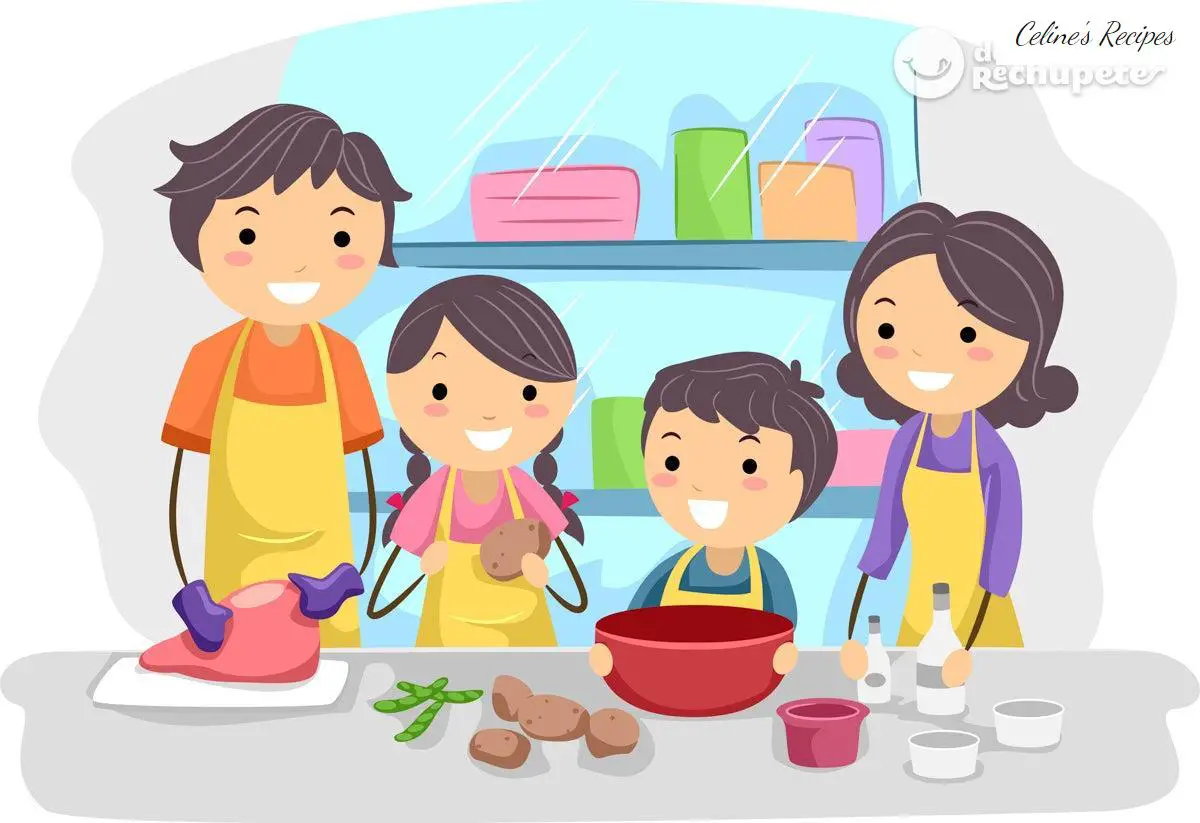
Evolutionary tips for evolving children
And they evolve, each at their own pace and at their level, but they evolve. So you can also go forward in the type of ideas and recipes that you propose.
- Not trying to get to the end of the recipe successfully.
- Do not prepare necessary meals , that is, what you cook that is an extra food, that a meal or snack does not depend on it, in case everything goes wrong .
- Before you start, observe and measure how far you can go with him / her that day . With very active children, cooking is a good option after intense physical activity, but not before. But also value your strengths. You may have to spend a few months or even more generating routines and stimulating their interest until you get results and have a good time cooking. But the first steps for you are going to be stressful. Quietly close and end at any time if you overflow, before the thing becomes a source of anger. “ And today we have practiced this recipe… up to here. END. Bravo! Another day we continue ”
- If you never see the moment, the little time you have free this activity does not fit because it is actually an activity of high expectations for many, remember that they behave better outside the home. They often pick up toys at friends’ houses with more will than their own, follow a better sequence of rules, and are often more open to activities that require self-control and concentration .
- So if you have godparents, neighbors, friends … ask them for an exchange or help. “What if I take care of them this afternoon and put them to cook and you rest? Another day we change and you take them with you. ” A very tempting offer to do with people you trust … A small cooking course or an activity of a couple of hours in a toy library, also serves as a presentation. Maybe later he will be much more willing to cook with you at home, especially if you put it like he / she is the one who teaches you what he learned to cook at home with a little boy or a girl. That is terribly irresistible to many!
- When the stars align, your child has a quiet day and you slept great and you want to have that experience, go ahead! It does not matter exactly if it is a rainy afternoon or not, because the kitchen is present in our lives every day and any time is good, if you think so , the important thing is the emotional climate . And it can be any moment, a small collaboration without more, a starting point. Do not miss a small occasion for a small one, if it is a good time it will leave a positive mark for another day.
- Start with cold food , without the need for casseroles, fires or an oven. The cooking experience is just as great putting ingredients, decorating food… and for children preparing food and cooking are synonyms.
- Using healthy food because you are generating a powerful emotional experience in your memory. And those healthy foods will always remind you of that time you spent together, and his intestines will ask for them, when he grows up and this memory comforts him enormously. So if healthy foods are the protagonists between 50-75% of the times you cook together, great. When you can go a little further, you can make recipes with several steps.
- Explaining that a recipe has a structure and how to follow it is helpful so they know what comes next . Depending on the age of the child, the structure can be visualized by painting it, writing it, or using cardboard numbers placed together with the ingredients of each step. Don’t we adults love using numbers on cooking videos? Well they will like it too.
- We can start expanding the sequence from the purchase of the ingredients to the final result. Trying together, commenting on how it turned out, a little conversation ” Michelin star chef ” conversation in a super grown-up way, usually talkative children like (always positive).
- A gift of mandilón or chef’s hat as a reward for having reached this stage, is also very useful with those less talkative to whom the talk leaves them indifferent. In short, assess the progress of getting here.
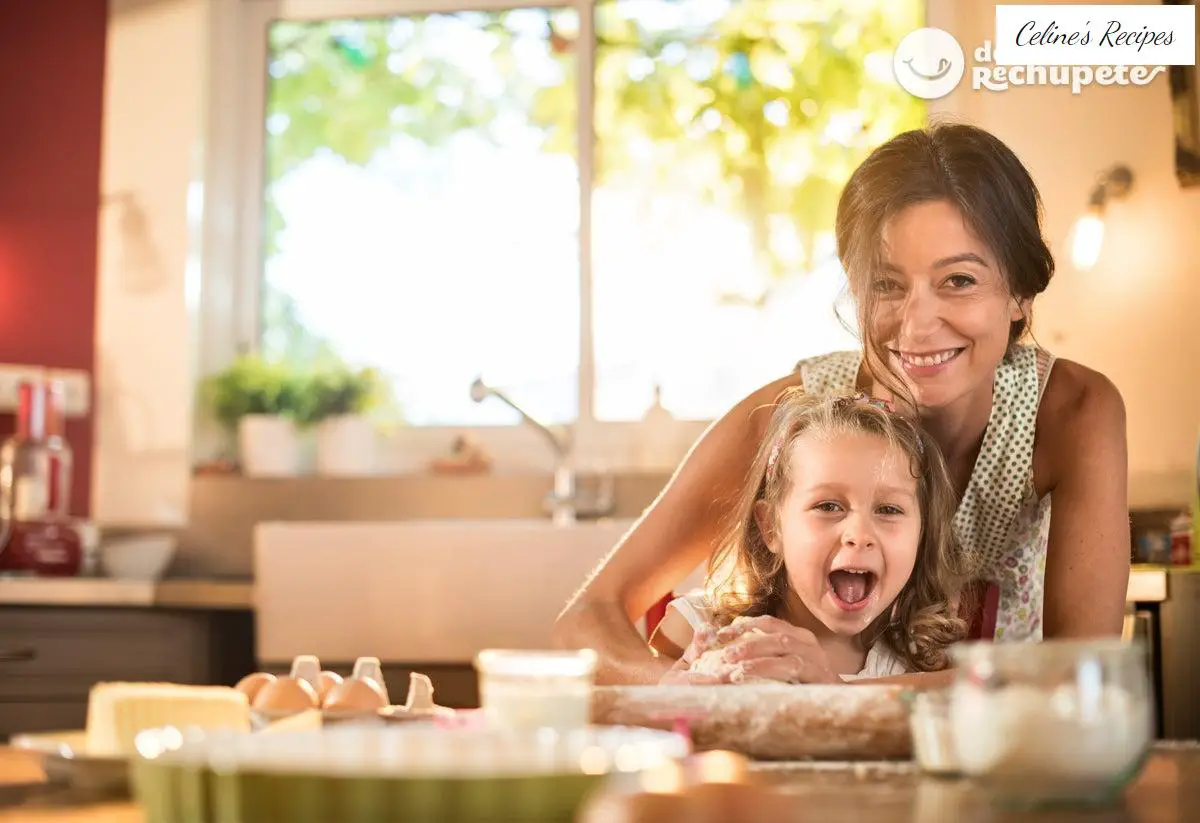
More information to teach your child how to cook. I will be publishing this week little by little on these topics:
- Very cool children’s utensils, instruments or apparel.
- Cooking modes. Basic cooking techniques for children.
- Recipes to do with children. Selection of dishes to start
Did you like it? Share it!
Share Tweet Pin it To print
Receive a weekly email with new recipes and yummy recommendations.
Think of Pixels SL as the owner of Recetasderechupete.com, it will use the data you provide in this form only to send you blog updates. We treat your data with respect. For more information see the Privacy Policy . You can change your mind at any time and unsubscribe by clicking on the footer of any email you receive from this website, or by contacting [email protected]. Yummy recipes use Mailchimp as a platform for sending emails. Mailchimp is covered by the EU-US Privacy Shield agreement, approved by the European Data Protection Committee. By submitting this form you agree that your data will be transferred to MailChimp to process it in accordance with its Privacy Policy .
If you liked this article you will like:

Squid noodles

Paella. Origin and History

